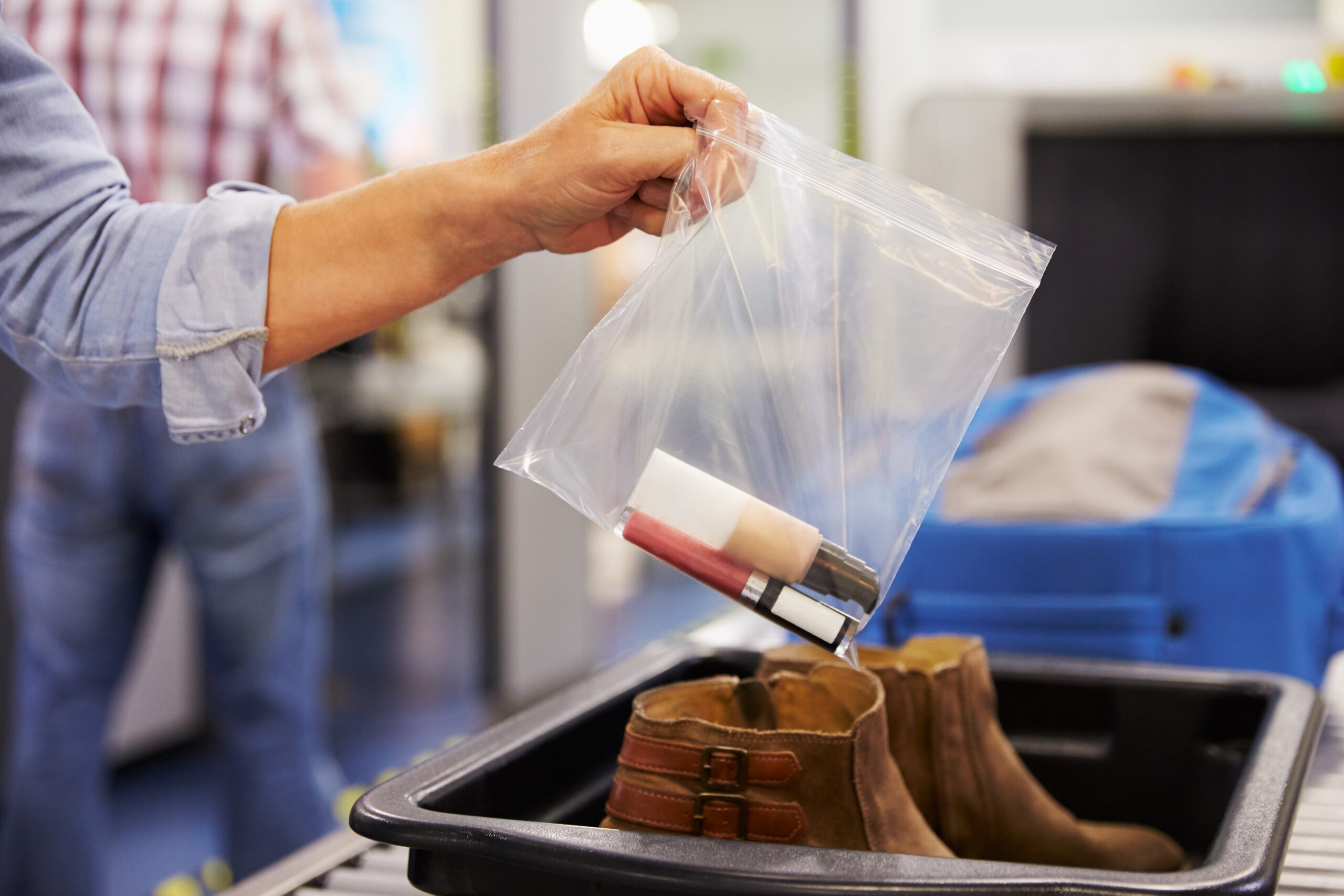Palma de Mallorca airport on the holiday island of Mallorca has adopted a new security system which means that liquids and electronics can stay in the hand luggage and do not have to be put in a special bag.
Following the increase in travel after the pandemic and the problems of staff shortages, there have been large crowds at airports in recent months.
Palma de Mallorca airport, also known as Son Sant Joan, has made it a lot easier and especially more time-saving for passengers to get through the security check.
The airport has introduced a new technology which means that liquids no longer have to be removed from hand luggage and placed in a special closed plastic bag.
Likewise, it will also no longer be necessary to take the laptop out of the bag and put it for separate screening through the security check.
Crystal-clear 3D images will improve security and quality
The new system is part of the huge four year project and cost 559 million euro. The project aims to rebuild and modernize the entire Son Sant Joan airport.
The new scanners will give security staff a crystal-clear 3D image of everything in air travelers’ bags.
According to the Spanish airport director, Tomás Melgar, the new scanners are equipped with more modern security filters and they create positive results in terms of security and quality.
“The time has come to carry out a comprehensive upgrade of the facilities, as they have been the same for more than 25 years,” Melgar told the Mallorca Diario media.
Two additional check-in desks and baggage claim carousels will further improve arrival and departure quality, Melgar stressed.
It should be noted that this work will be carried out during the next four winters “because it is the period with the least traffic at the airport.”
Currently, similar 3D scanners are being tested at Heathrow Airport in London. If the scanners are introduced, security rules for liquids and electronics in hand luggage could be removed in the UK by 2024.
Airport rules for liquids and electronics in hand luggage
Palma de Mallorca airport requires like all other European airports, passengers to remove all liquids from their hand luggage and place them in a clear plastic bag before going through security.
Every substance of liquid in hand luggage must be carried in containers that can hold a maximum of 100 ml.
Electronics including laptops, power banks, e-cigarettes and batteries must also be removed from hand luggage and put in a separate tray when passing the security scanner.
You’re allowed to take power bank of up to 27,000mAh with you in your carry-on luggage. Remember to clearly imply the capacity on the charger.
Why does one need to take their electronics and liquids out of their bag at the airport security?
The strict liquid requirements came into force worldwide in 2006. They were introduced after three men from London were revealed to have planned an attack on seven different planes. The plot was to blow up airplanes using explosives hidden in plastic bottles.
Subsequently, it also became a requirement that passengers had to take off their outerwear before the security check, just as travelers also had to take computers and larger electronics out of their bags.
Laptops can be used to hide explosives or weapons. Electronics can also block other items from being seen on security scans. The batteries and some electronics have so dense metallic material, which they obscure what’s beneath.
Like CT (Computed Tomography) scanners, we know from hospitals, the new security system can replace the current 2D scanning with 3D technology. They can monitor passengers’ carry-on luggage and identify explosives without the need to remove liquids. This technology can also eliminate the need for fluid capacity limitations.
Meanwhile, lithium batteries, such as power banks, have been known to catch fire in rare cases. Therefore, they are not allowed in the hold and must be separated so that security personnel can assess whether their capacity fits within security restrictions.
The new security system will reduce queue time in Palma de Mallorca
After a summer of queuing chaos due to staff shortages at Palma airport, the new security technology will most likely prevent similar episodes.
The requirement to remove liquids and electronics always causes a delay at airports as many passengers wait until they are at the scanners to separate them.
We will begin to see more airports and regions lift or relax the ban as more countries are able to complete the full nationwide rollout of CT technology. However, one thing is certain. Changes will not be happening overnight, but gradually.
Read also about the Future of Aviation: Air Travel Won’t Be Normal until 2024.

